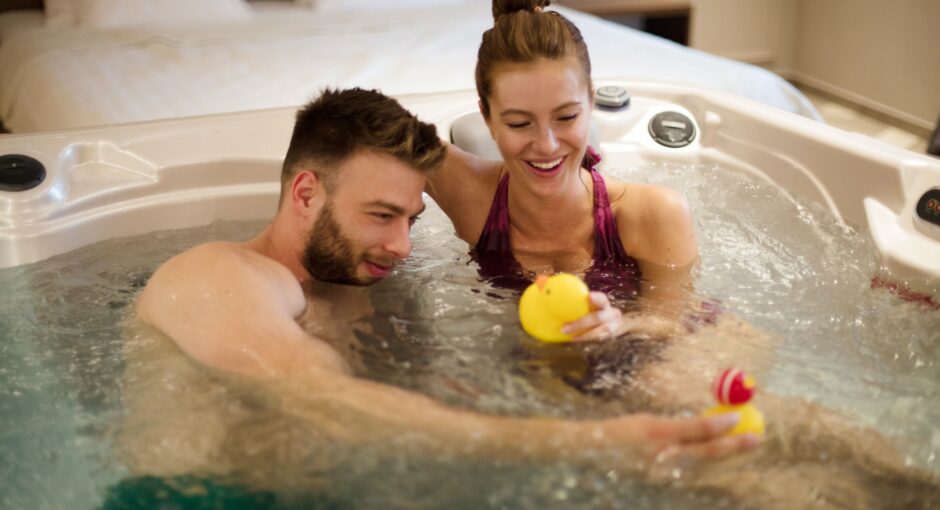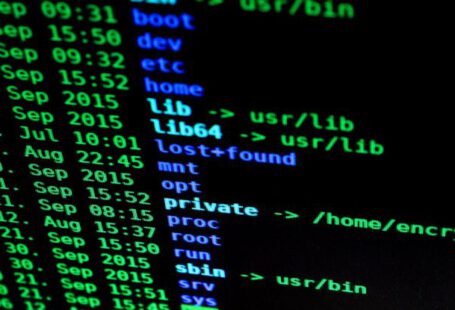Hot tubs create the ideal breeding ground for bacteria to flourish and multiply, leading to a range of unpleasant or even life-threatening infections in you or your family members.
Thankfully, there are several methods to eliminate bacteria and keep your hot tub sanitary for everyone in the family! One easy solution is shocking your hot tub with a high chlorine concentration.
Chlorine granules or liquid chlorine are the most efficient options for shocking your hot tub, but they must be used according to their instructions on the container. When used as directed, chlorine granules will dissolve and evenly distribute chlorine throughout your water.
Once you’ve added the granules to your water, let it run for around 20 minutes. Afterward, test the quality of the liquid with a strip.
If your water chemistry isn’t up to par, you will need to shock your hot tub again. Doing this will eliminate bacteria and restore the balance of nutrients in the water so it is suitable for usage again.

Biofilm Buildup in Your Plumbinglines
Most bacteria found in hot tubs reside not in the water itself, but rather within your plumbing lines that are shielded by biofilm. This film feeds on bacteria while simultaneously protecting them from contaminated water that could enter them while running jets.
Unfortunately, biofilm can accumulate so thick that it’s nearly impossible to remove with a simple hot tub water treatment. Not only that, but it may cause issues for your plumbing, equipment and bathers as well.
That’s why using a hot tub biofilm remover or jetted tub biofilm cleaner is so important – not only will this help prevent getting an infection from your spa, but it will also keep the water clear and free of contaminants for years to come!

Folliculitis in a Hot Tub or Pool
If you’ve been using your hot tub for some time and start to notice itchy bumps on your skin, there’s likely some biofilm buildup in its plumbing lines. This could cause skin rashes, itching and water system equipment damage.
Owners can face a frustrating condition that not only causes frustration to them, but it poses potential safety risks to family members as well! A itchy, red, tender rash may appear with pus-filled blisters.
Though not as serious as a true bacterial skin infection, you should still be aware of and take preventive measures if you suspect your hot tub has biofilm. Diagnosing this infection can be tricky due to other symptoms like itching, so seek medical advice if you suspect there’s something fishy going on with the water in the tub.
If you believe your hot tub might be the source of folliculitis, it’s best to stop using it and get it cleaned up as soon as possible. Doing this will eliminate bacteria and lower the likelihood of developing a serious skin infection from bacteria.





